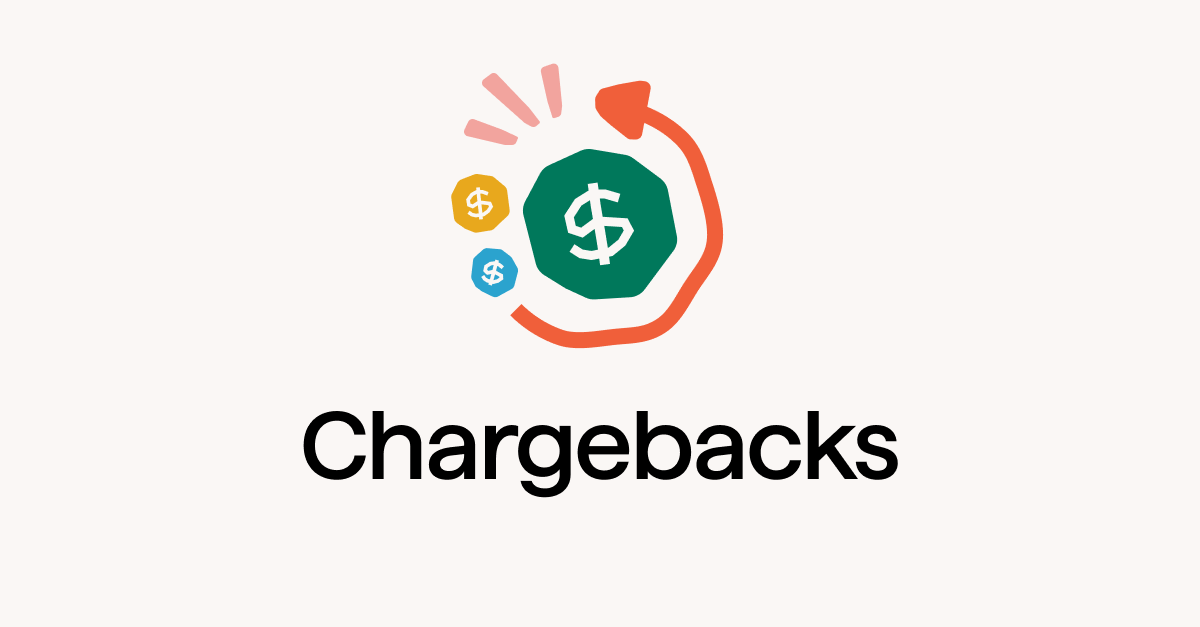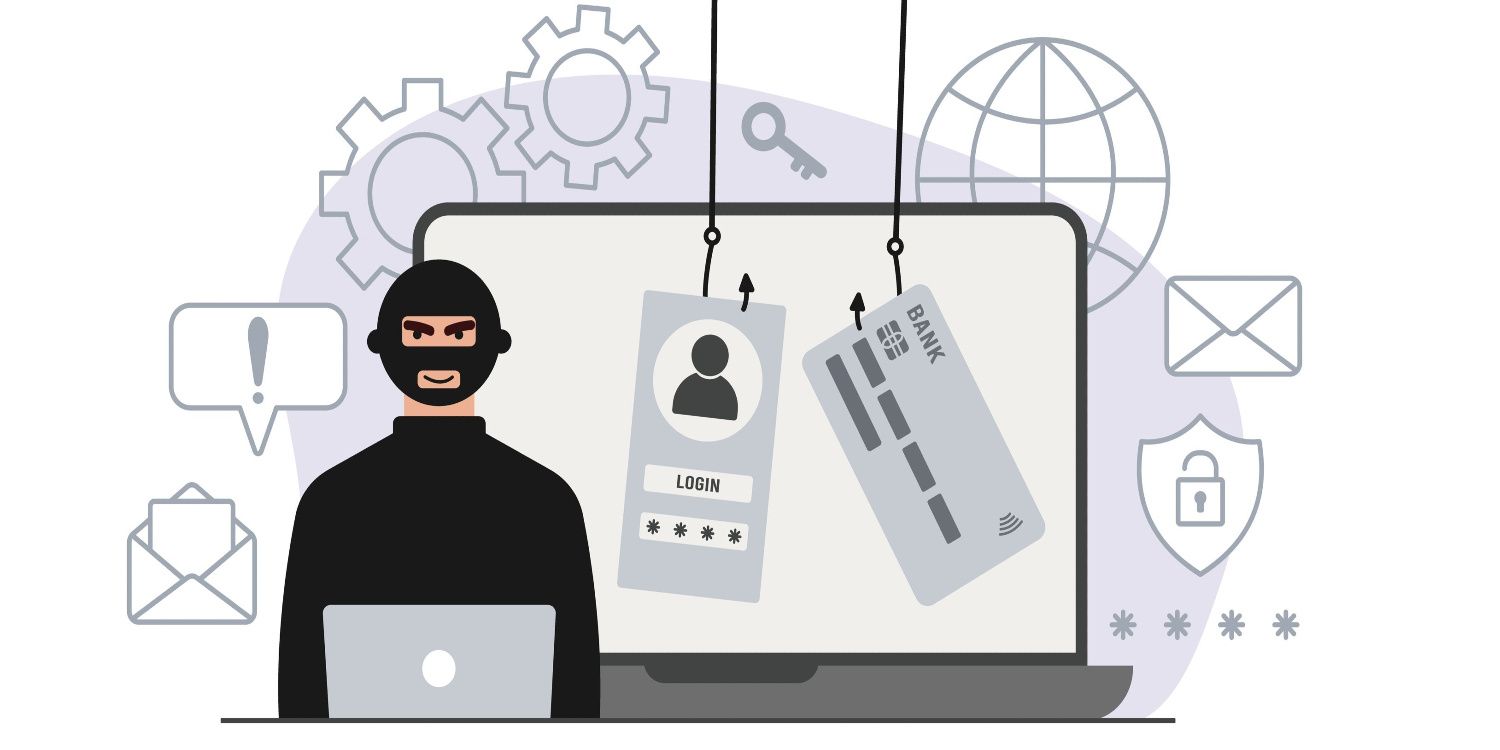From Chargebacks to Account Takeovers: 4 eCommerce Frauds to Watch For
eCommerce continues skyrocketing year after year – a runaway success story as digital buying becomes mainstream across regions and demographics. As of 2023’s latest figures, over 2.6 billion people now shop online, a full one-third of the global population. And digitally-savvy customers keep growing, expected to near 3 billion by 2025. For merchants, this represents enormous revenue potential as billions flock to internet storefronts. But explosive growth also sounds siren songs for fraudsters and ecommerce frauds. Criminals aggressively follow the money, always inventing clever new schemes to exploit booming industries such as chargeback.
Table of Contents
Success attracts thieves. So as your own eCommerce presence builds, you become a target too. Staying ahead of fraud trends provides a key competitive edge though. This article outlines the top threats lying in wait to siphon revenue, so savvy merchants can lock down defenses before attacks strike. As customer bases and order volumes grow, proactive protection becomes essential to come out a winner in the digital selling race rather than losing big to fraudster tricks.
Which are kind of frauds in ecommerce?
Some common types of frauds in e-commerce are:
– Identity theft. When someone uses another person’s personal information, such as name, credit card number, or social security number, to make unauthorized purchases or access their accounts.
– Chargeback fraud. When a customer disputes a legitimate charge on their credit card statement, claiming that they did not authorize it or receive the goods or services, and requests a refund from the card issuer.
– Phishing. When someone sends an email or a website link that looks like it is from a trusted source, such as a bank, an online retailer, or a payment service, but is actually designed to trick the recipient into revealing their login credentials, financial information, or other sensitive data.
– Fake reviews. When someone posts positive or negative reviews about a product or a service that are not based on their actual experience, but are intended to influence the reputation or sales of the seller or the competitor.
– Counterfeit goods. When someone sells products that are not genuine, but are made to look like they are from a reputable brand or manufacturer, and may have inferior quality, performance, or safety standards.
What are the misuse of e commerce?
Some possible misuse of e-commerce are:
– Selling counterfeit or illegal products online.
– Using customer data for unauthorized purposes.
– Engaging in fraudulent or deceptive practices.
– Violating intellectual property rights or privacy laws.
– Exploiting security vulnerabilities or hacking systems.
Chargebacks: #1 ecommerce frauds

What is a chargeback, exactly? Well, a chargeback occurs when a purchased product or service shows up as a credit on the customer’s credit card statement, reversing the original charge. This happens after a cardholder successfully disputes a transaction with their bank or credit card company.The chargeback process allows customers to recover funds for orders that failed to meet expectations – whether due to non-delivery, damage in transit, or simply changing their mind. When issuing chargebacks, banks do not determine right or wrong – they inherently side with their card-holding customers in the dispute. For online merchants, accumulating chargebacks initiates headaches on multiple fronts:
- Revenue Clawbacks – Amounts tied up in chargebacks count against the business’ total sales value. And refunded order values deduct straight from the bottom line.
- Fees – On top of lost order values, merchants also get hit with chargeback processing fees, often $15 to $100 per dispute. These quickly add up.
- Blocked Payments – High chargeback rates can lead card networks to freeze payment processing privileges entirely, greatly inhibiting business operations.
Tips to Protect Against Chargebacks
- Describe products accurately to minimize claims of receiving something different than expected.
- Ship fast with tracking information to reduce non-receipt disputes
- Carefully document order and delivery details in case chargeback disputes arise
- Study common triggers for your merchandise and refine policies to limit customer perception issues
Phishing Scams
Phishing scammers exploit trusted brands, impersonating companies like retailers and banks to trick customers into giving up valuable personal data that enables financial theft. By spoofing real websites and emails, fraudsters convince targets they communicate with legitimate organizations while stealing logins, account details, and payment information.
For online merchants, phishing poses multiple dangers among ecommerce frauds. Successful attacks put customer data at risk, with fraudsters capturing sensitive information like addresses, purchases histories, and even bank account details through deceptive emails and sites. This sparks knock-on identity theft as criminals leverage stolen data for further fraud.
Beyond direct consumer harm, phishing also erodes brand reputation. Customers losing money or personal information due to inadequate merchant protections lose trust. They share negative experiences with friends, family, and online followers – inflicting reputation damage that reaches far beyond those hacked. And they often avoid transacting with the breached business again out of safety concerns, directly hitting sales.
Tips to Protect Against Phishing
- Implement cybersecurity training to help staff recognize phishing attempts
- Deploy email screening tools to catch phishing messages before they reach users
- Use encryption and limit data access to protect consumer information
- Monitor fraudster forums to stay on top of new phishing tactics targeting your industry
Affiliate Fraud
Many eCommerce merchants run affiliate programs – arrangements where external sites and influencers earn sales commissions for traffic and customers they refer to the retail site. Affiliates promote product links and ads to their audiences with a vested interest in converting visitors to buyers. Top affiliates can drive impressive volumes at efficiencies exceeding other channels.
However, ecommerce fraud-minded partners sometimes take unscrupulous shortcuts to generate commissions without doing the actual acquisition work legitimately. These schemes cost retailers in multiple ways.
Faking transactions allows an affiliate to claim commissions for sales that never occurred by providing fabricated buyer data. Deploying bots or malware to drive fake sales at scale also tricks programs into rewarding volumes without real users making purchases. Cookie stuffing provides another tactic to get credited for buyers that partners didn’t actually refer – by stuffing visitor browsers with retailer commission tracking links they didn’t organically click.

Tips to Protect Against Affiliate Fraud
- Vet partners thoroughly and monitor traffic quality
- Establish reasonable conversion rates for each affiliate
- Audit top earners frequently to catch schemes
- Make partners verify owned assets driving customer actions
Account Takeover eCommerce Frauds

When it comes to account takeover fraud, having access to an eCommerce account is like finding the pot of gold at the end of the rainbow for cybercriminals. These accounts are packed with all sorts of valuable information – addresses, payment methods, loyalty points – you name it. And if security measures aren’t tight, thieves will use whatever compromised login information they find online to crack accounts wide open.
Once in, all bets are off. Fraudsters go wild making fake purchases, draining reward balances, and swiping personal details that can turn into full-on identity theft. Meanwhile, customers are left pulling their hair out over stolen points and who-knows-what-else shows up on their reports.
For merchants, this destroys trust in account security that directly hits sales. Preventing account takeovers requires rigor across defenses: strong, unique passwords, multi-factor authentication, limited payment method storage, and proactive monitoring of credential sales on hacker forums.
Final Word on eCommerce Frauds
The fraud types covered here show criminals aggressively continue innovating new ways to siphon revenues and data. Without vigilance, a hot new scam or oversight can suddenly cost your business thousands before you know it. But the good news is merchants don’t have to tackle fraud blindly. With education, awareness and preventative technologies, online sellers can understand emerging threats, make smart security choices and ultimately feel confident providing customers with a seamless shopping experience free of risk.

Business Developmeny Manager at PAS InfoCom Technologies Ltd. Experienced in project management with a demonstrated history of working in the information technology and services industry.










